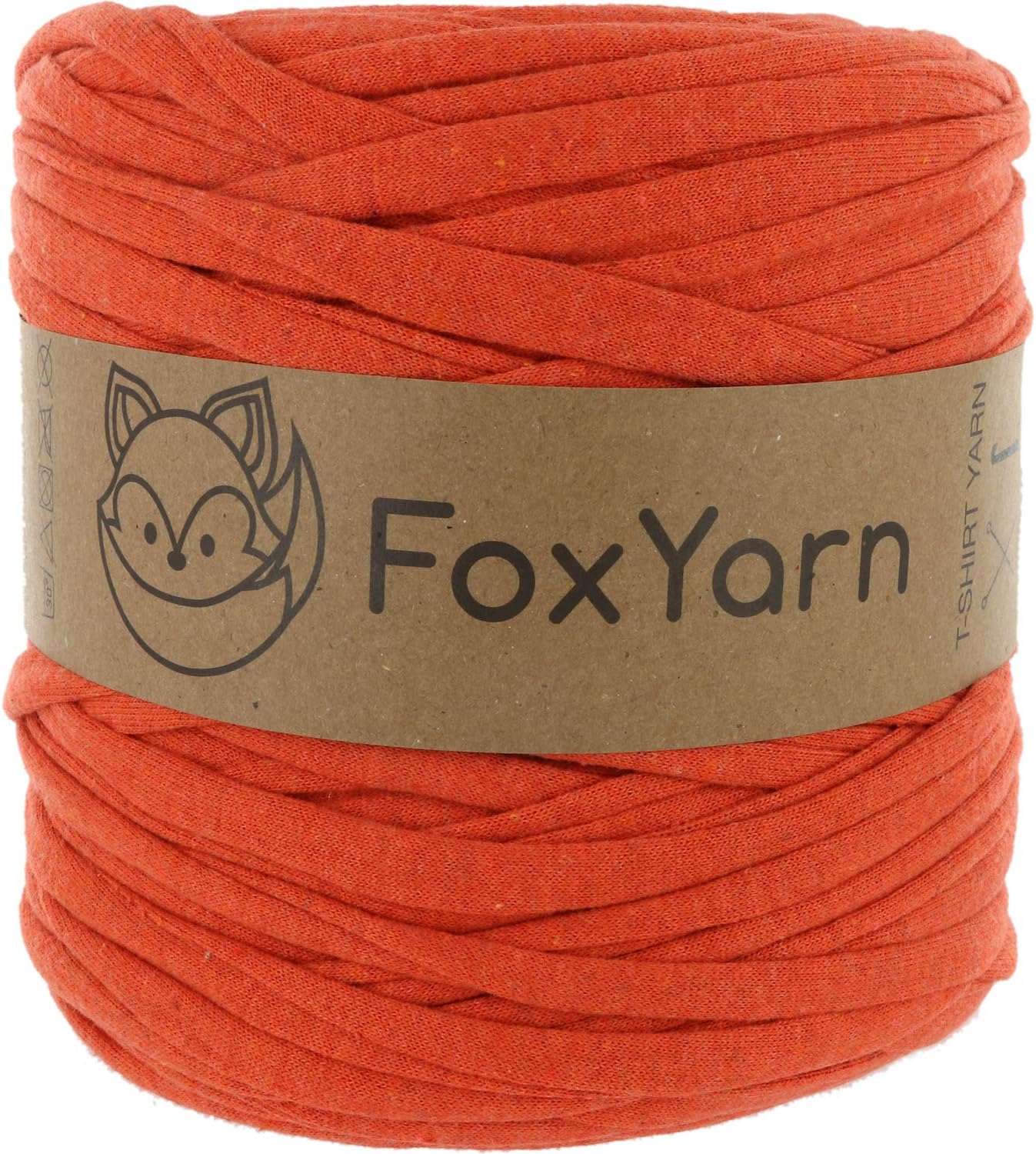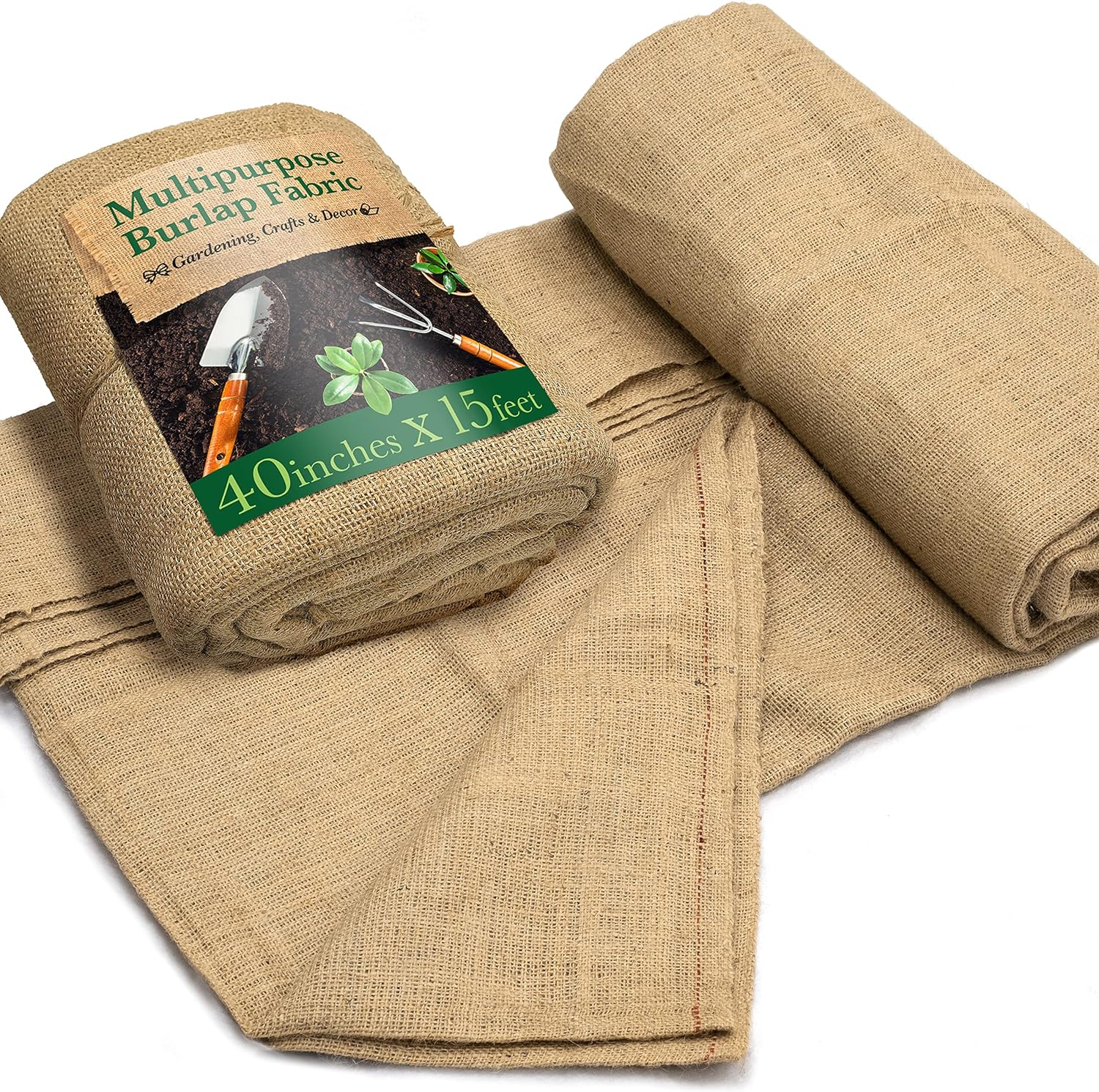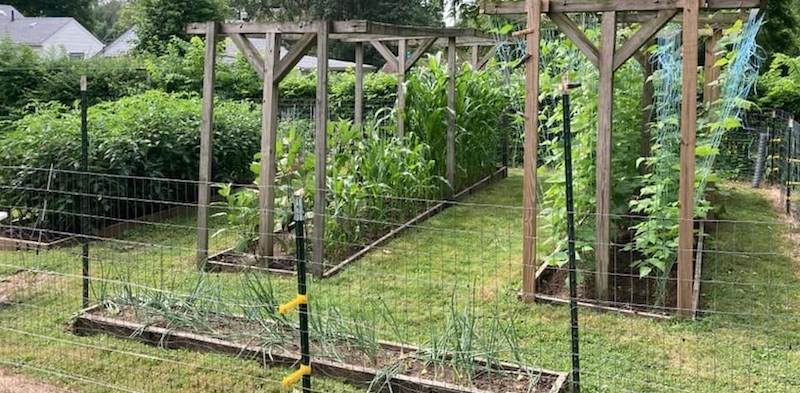
Mittleider Gardening

See My Plant Deficiency Information
I use the Mittleider Gardening method. Mittleider is a science-based method. It uses weekly feedings of 13 elements that all plants need to thrive. I grow a lot of food, and put back hundreds of jars of food each year. I grow strong healthy plants that get everything they need to produce healthy food. I follow the method really close except for 2 things. First, most Mittleider gardens in the world are grown in soil beds, and a smaller amount of them are done in grow boxes with a growing medium, like sand and sawdust. I personally like to grow in the real soil, but I really like the neatness and layout of a grow box; I call them grow beds. Second, I make my weekly feed with 12-12-12 instead of 17-17-17. I rarely see any deficiencies, and my plants are strong and healthy, so I have stuck with the 12-12-12
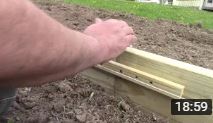
THE SIX LAWS
OF PLANT GROWTH
1. LET THERE BE LIGHT
You need to plant your rows in a north to south direction because the sun moves in a east to west direction. If you don't then plants get more light on one end of a row or the other. Leave enough space between the rows/beds so that they will not shade each other out. Also pay attention to what parts of the garden get the more light. Plant your shorter plants there, and your taller plants in areas that get less light. This will help keep taller plants from shading out shorter plants. Use T-Frames to grow climbing plants vertically. Things like beans, peas and cucumbers will grab ahold of the string and grow vertically on their own. Things like tomatoes and cantaloupe will have to be trained to grow up the string by loosening the string and wrapping it around the growing tip of the plant.

2. IT'S ALL ABOUT THE TEMPERATURE
Almost all plants need a temperature from 55-85 degrees F to survive. Some plants like it on the cooler side, like lettuce, peas, cabbage, and some plants, like peppers and tomatoes like it warmer. When plants start to get into the 90's they will stop setting fruit and will become stressed. Plants sometimes wilt there leaves to protect themselves from high amounts of sun and heat, even though they have plenty of water. When it gets too warm, you should put up shade cloth or burlap to help protect the plants from the sun.
When it gets cooler you can use a green house or in the garden green house to keep the plants warm. In Mittleider we use hoops made from PVC pipe that hook to the sides of the rows/beds and cover plant with green house plastic. Regular plastic will work as well, but it won't last more than one season, from the UV exposure. These can be used to extend the growing season into the early winter as well.
How To Build A Mini Greenhouse
3. WATER IS THE KEY TO PLANT LIFE
Plants need regularly scheduled watering. When plants are growing down, they don't grow up. So, when a plant is developing more roots to go and find more water or nutrition it won't be growing foliage on top. Foliage creates photosynthesis, which is what creates the parts of the plant that we eat. Water doesn't just hydrate the plant it is responsible for transporting all of the nutrients from the ground into the plant and transporting nutrients within the plant.
I water my plants a little each day that it doesn't rain. You can hand water, build an automatic watering system, or use a hose and a sock on soil beds. I water my plants at the roots and try not to get water on the leaves of the plant. Wet plants can lead to mildew and fungal infections. I also try not to splash dirt up onto the leaves when watering, because this can lead to disease. I also only water the plants not the soil around them and in between them. I don't want to give weeds what they need to survive.
I tried the Mittleider watering system, but as my garden expanded, I found that I didn't have enough water pressure to water all my beds at once, and I didn't want to setup a bunch of different timers and run connections everywhere. I inspect my garden daily, and this seems like a good time to water the garden as well, so I went back to hand watering.
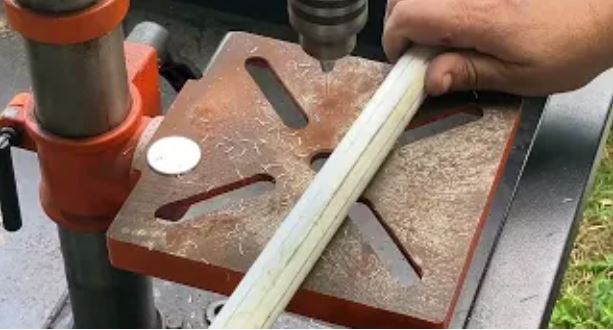

4. PLANTS HAVE TO BREATHE
Air is important to plants. Plants use Carbon, Oxygen, and Hydrogen from the air. The tops of your plants and the roots need air. Soil should drain well, and be allowed to dry a little in between watering to allow for air to get to the roots. I have very heavy clay soil, and I need to occasionally hoe around plants to disturb the soil a bit to let air into the roots.
For the tops of plants, you will need to prune them occasionally to make sure air can circulate around them. This will help prevent things like powdery mildew, and allows the plants to breathe. When in a grow bed/box you need to leave the center of it empty to allow for good air flow in between your plants. For plants that grow up strings, alternate the string positions inside/outside. This will allow the plants to have good air circulation and get more light.
5. FEED ME SEYMOUR, FEED ME!
Nutrition - Plants absorb their nutrients through their roots, via osmosis. This is why regular watering is important to plants. They can't absorb nutrients without water. Traditional gardens are all about the soil. Traditional Gardeners amend it with compost, manure, and organic matter. With Mittlieder we don't care about the soil from a nutrition standpoint, because we are putting all 13 balanced nutrients down with the Pre-Plant Mix and the Weekly Feed Mix. The soil is just a place for our roots to grow. Many Mittleider gardeners grow in sand and sawdust. I grow in the real soil, but my soil is heavy clay that I could make pottery out of. With the weekly feed, even potatoes will grow fine in heavy clay soil, but they are a pain to dig up!
It is important to learn how to identify plant deficiencies. Deficiencies will look slightly different with different types of plants. The best way to learn how to identify them is to buy the Garden Doctor books by Jacob Mittleider (see link below). Many people mis-identify a deficiency as some type of disease like blight. Also, some plants just kill off older leaves, below the lower fruit sets, when they are no longer useful (Tomatoes do this). There is a large gap between where plants will show a deficiency and where they get their top yield. So, once you see a deficiency, you need to deal with it quickly, because it is definitely affecting your yield. This is why it is important to keep nutrients, like Nitrogen, Potassium, and Calcium on hand and ready to go.
There is some dissent among Mittleider gardeners about calcium. Specifically how bio-available Lime or Gypsum is to the plants. Many think it takes way to long to break down and be absorbed by plants. There are two other options for calcium. I used to use only dolimite lime with my pre-plant mixture. I was constatnly seeing calcium defficencies in my garden when plants started producing. I now use the Lime in my pre-plant mix, and I put down calcium nitrate about 4 times a growing season. I have had no furter calcium defficiences in any of my plants since doing this.
6. DON'T MAKE THEM COMPETE
Something is always competing for your plants and thier food. You will have to learn what tries to eat and kill your plants and learn how to deal with it. I like to break this section up into 3 sub-sections.
a. PESTS & DISEASE - Many pests will come to your garden. For any type of worm or caterpillar, such as Cabbage Loopers, Vine Borers, Horn Worms or Corn Worms, I use BT. For Flea Beetles, and many other pests, I use Diatomaceous Earth. For squash bugs I use a spray made from a few drops of dishwashing liquid and some water. For tube grubs I apply beneficial nematodes. The most common disease I have to deal with is White Powdery Mildew. To treat it, I prune to increase air circulation, and use a copper fungicide. This slows it down enough that I can still get a harvest.
b. CRITTERS - I have built a 5 foot fence around my garden, and I have an electric fence outside of that. I had to stake the bottom of the fence down to the ground with large wire staples to keep small ground hogs from running under the fence. I also had to put some smaller chicken wire on the inside of the taller fence to keep the squirrels from running into the garden. None of the birds in my area ever bother my plants or produce, so I keep a bird feeder and bird bath in my garden to attract them so they will eat the bugs. However, some types of birds in other areas will eat food from your garden.
c. WEEDS & OTHER PLANTS - In the Mitleider Garden Planting Details worksheet (see below), it specifies the distance at which plants should be planted. This is important because if they are planted to close together they will compete with each other for nutrition and light. Also you need to keep you garden weeded. Get the weeds while they are small and keep up with them. I often do a litle weeding each night when I water, to keep them at bay. The Kenyon 2 Way Hoe (See Link Below) is crucial to accomplishing weeding quickly and efficiently.
REFFERENCE MATERIALS
Free Mittleider Soil Bed Gardening Book
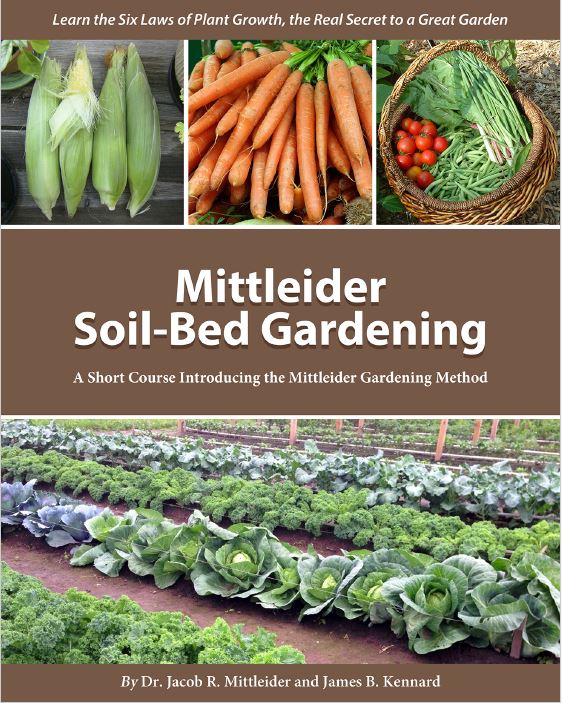
Deficiency Symptoms In Vegetable Plants
Mittleider Gardening Course Book - Amazon
Mittleider Gardening Course Book - LDS Prepper Store
Mittleider Gardening Course Book - Growfood.com
ITEMS USED IN MY GARDEN
Micro Nutrient Packs. These are all of the micronutrients your plants need to thrive. You mix it with your own NPK and Epsom salt and you are good to go. Each of these packs have enough nutrients to mix two 29lb batches. One batch will last me 2 growing seasons. I mix one pound of powdered lime in mine to stop it from getting runny and collecting water over time.
LDS Prepper Micro Nurtient Packs
Weeding
These are tools I use in my garden. Don't confuse this Kenyon 2 Way Hoe for cheap ones that bend and won't hold an edge, like you see at the big box stores. I have been using mine for 10 years, and it is still as good as new. Buy it once, and use it for life! The small cirular hoe is great for getting up close and persnoal around plants and makes weeding much faster. This little electric tiller has been great. It is fast and powerful.
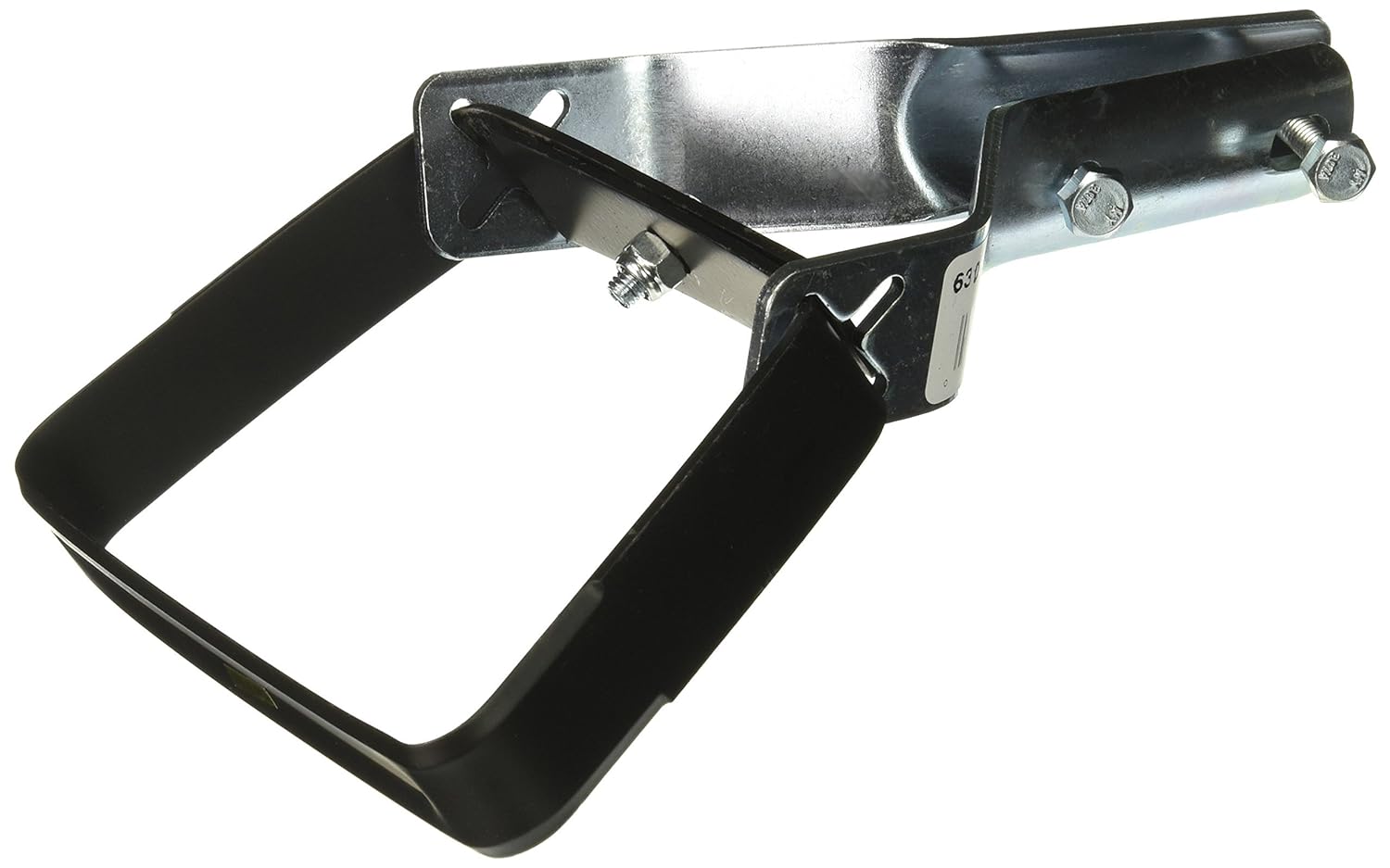
Kenyon 2-Way Hoe - Growfood.com

T-Frame Growing
These are all the items that I use to grow on T-Frames. I use the wire pulling string as my twine to grow plants vertically. It is mold, mildew and UV resistant, and each string will last about 5 years. I have been using this bucket of string for 10 years, and still have plenty left. The Mechanics wire is what I use for my bottom wire. It's cheap, so I just replace it every season. The Galvinized fencing wire is nice, because they have it in smaller sections. If you are building a huge garden with lots of T-Frames you may be better off to buy it in large quatities from Home Depot or Lowes.



Deficiency Items
These are the 5 nutrients that I use to treat deficiencies that I have seen in my garden. The calcium nitrate is great for adding caclium to your soil that is immediately available to the plant. It is also goood for treating nitrogen deficienies. The potash is for treating potassium deffciencies, borax is for boraon, and the epsom salt is for magnesium. The ammonium nitrate is the best and fastest acting nitrogen. I also used it for transplanting seedlings.
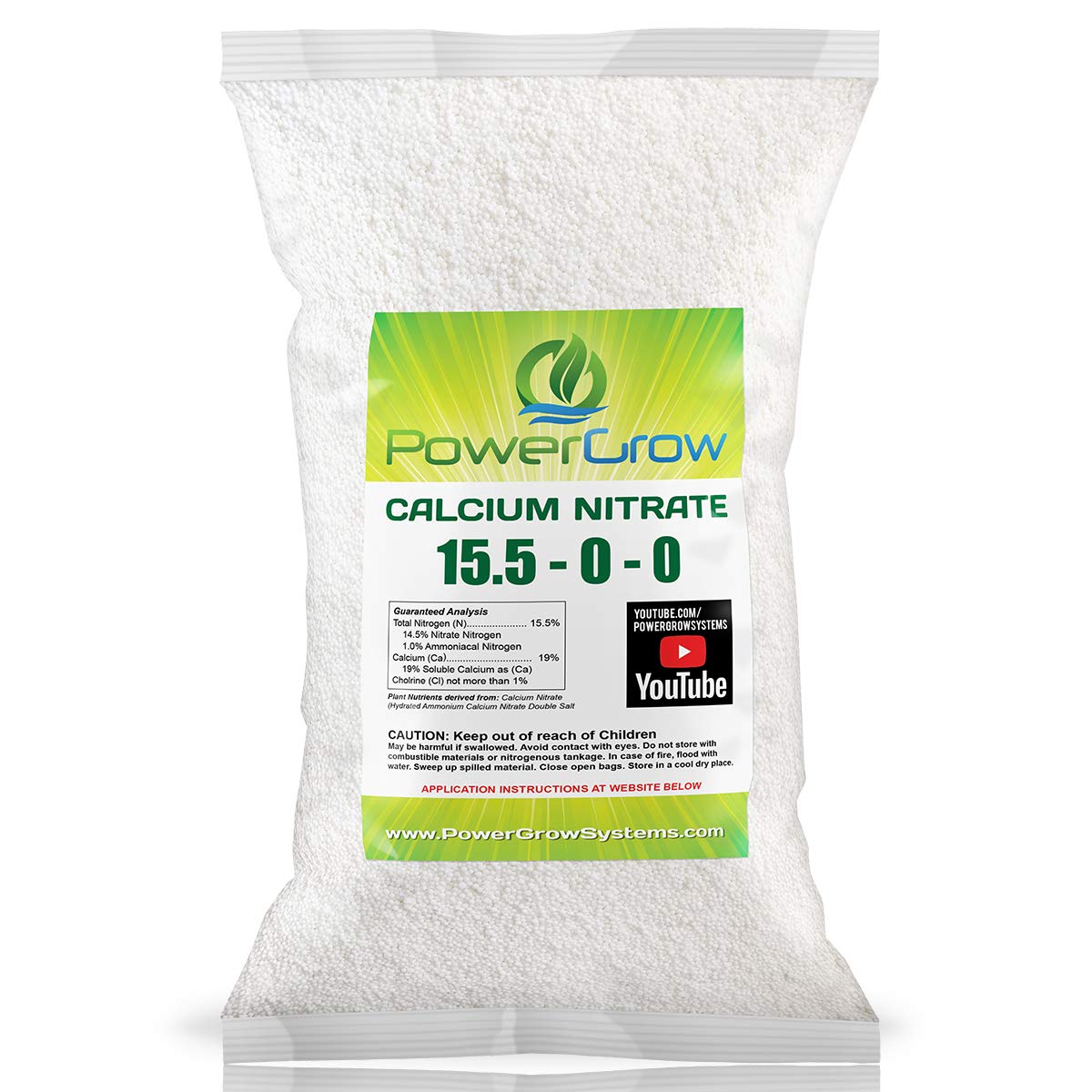
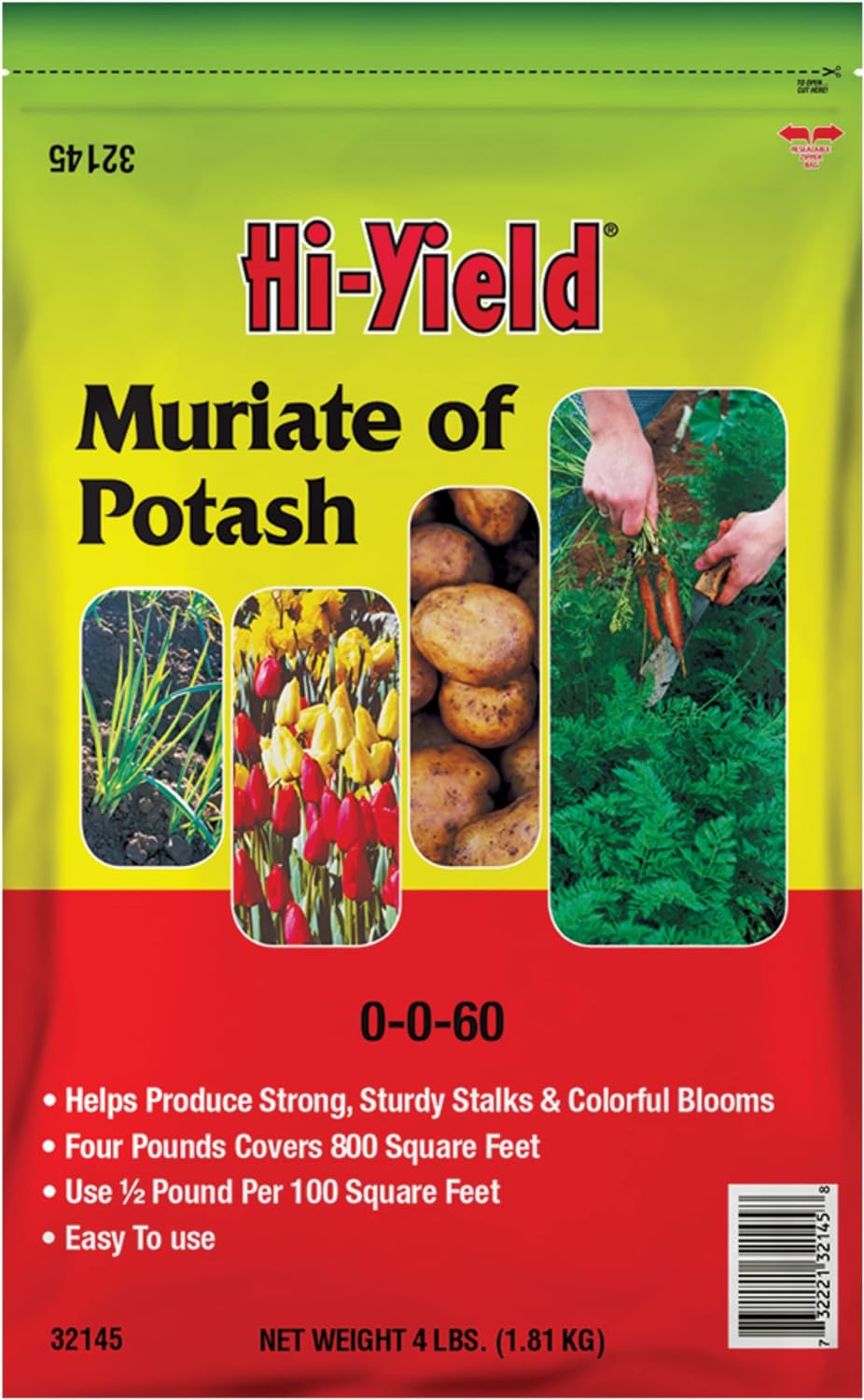
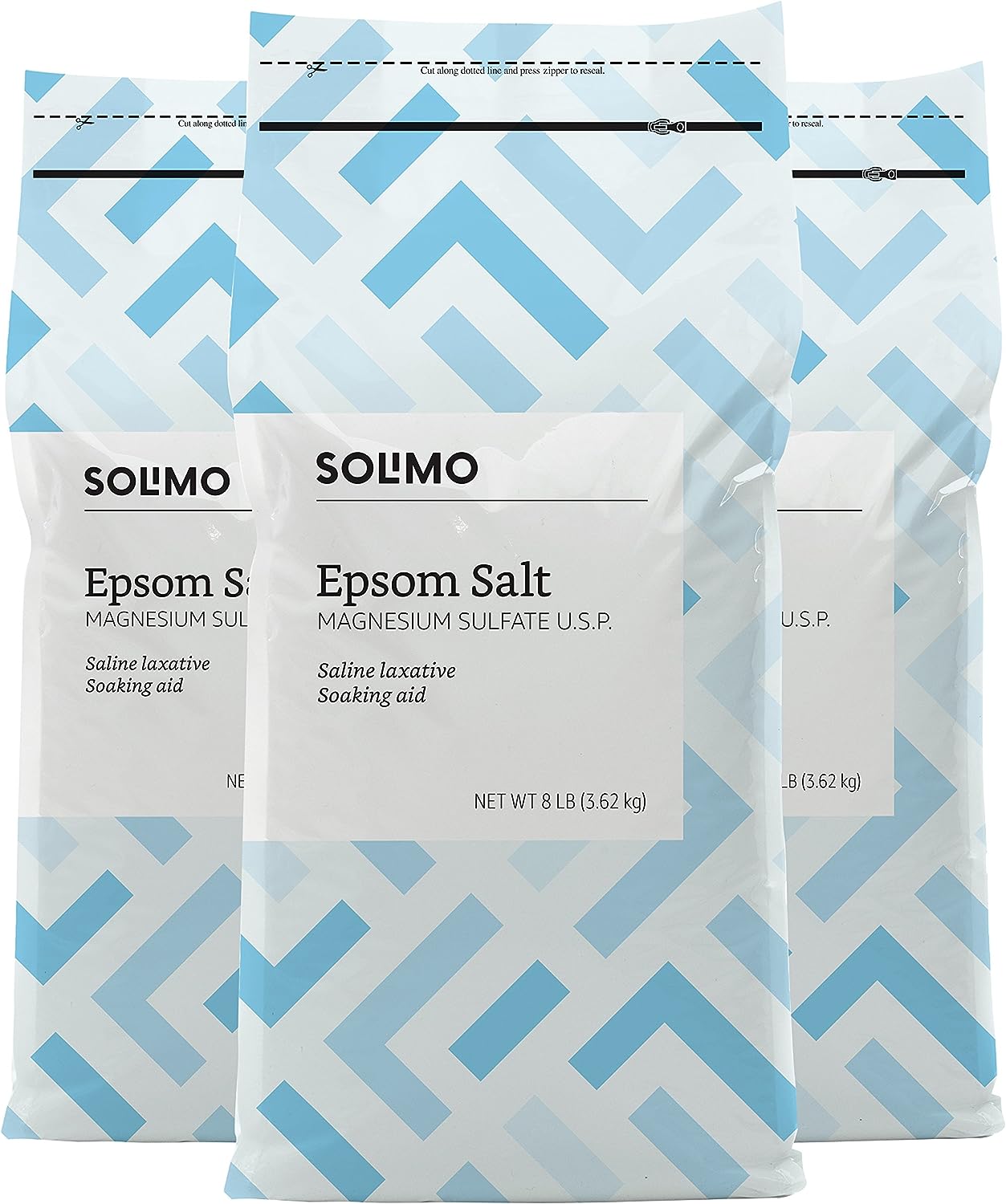

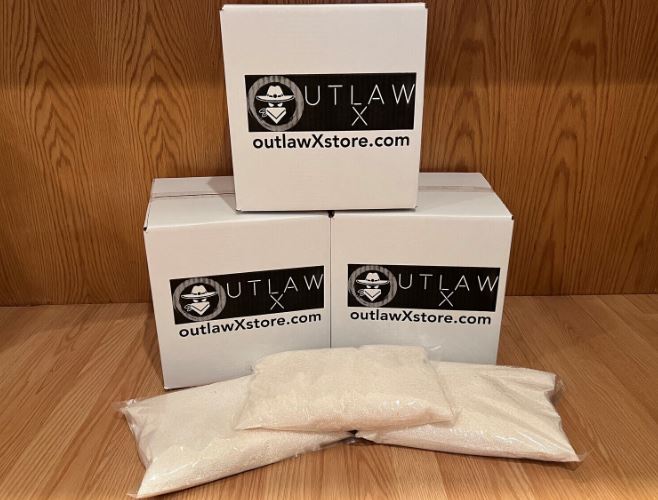
Pest & Disease Control
These are the items I use to control pests and disease in the garden. I use the Diatomaceous Earth for anthing that crawls, like Ants, Beetles, Flea Beetles, etc. I use the copper and sulphur to control white powdery mildew. The BT is for any type of worm or caterpillar, including vine borers.




Other Items
Here you will find the yarn that I use to tie my plants to stakes, screws I use for PT lumber, and the burlap that I use to cover my seeds,
